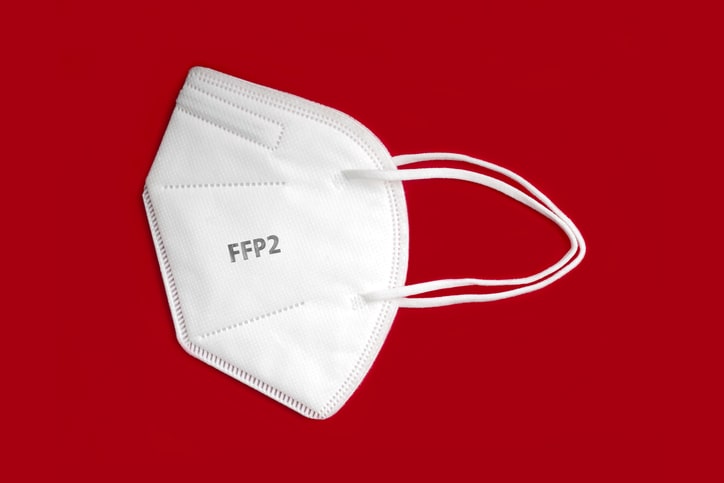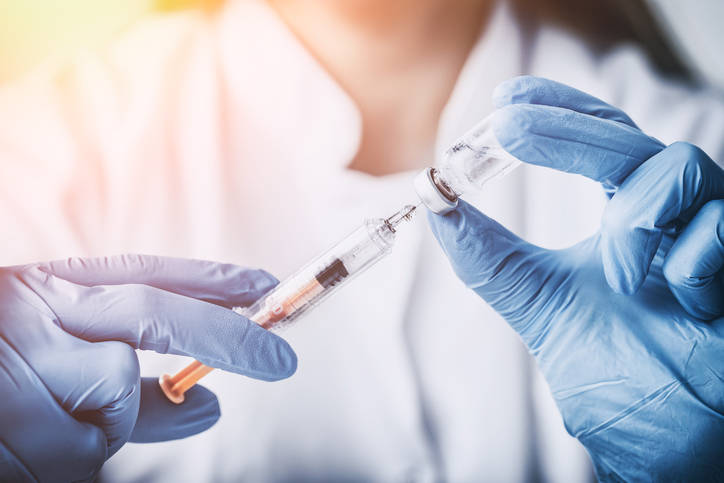
For patients with end-stage organ failure, solid organ transplantation is life-saving and cost-effective; however, transplant recipients require use of immunosuppressive agents for the rest of their lives to maintain a functioning graft. In 2000, the average cost for immunosuppressive medications was between $10,000 and $14,000 annually. Generic versions of some commonly prescribed agents, including tacrolimus, mycophenolate mofetil, and mycophenolate sodium, have become available. The US Food and Drug Administration approved the generic versions of mycophenolate mofetil and tacrolimus in 2008 and 2009, respectively. A generic version of mycophenolate sodium was approved in 2012.
By 2013, 80% to 90% of prescriptions covered under Medicare Part D for tacrolimus or mycophenolate mofetil were dispensed as generics. Medicare pays for 60%, 30%, and 39% of kidney, liver, and heart transplants, respectively. Eligible kidney transplant recipients receive coverage for immunosuppressive medications for 3 years following transplant via Part B. Beyond the 3-year coverage period, kidney transplant patients must qualify for Medicare coverage on the basis of age or disability; recipients of liver or heart transplant must also qualify on the basis of age or disability.
The cost of immunosuppressive medications impose a substantial financial burden on patients and their insurance carriers. Researchers, led by Margaret E. Helmuth, MA, recently conducted a study to determine whether the availability of generic immunosuppressive medications beginning in 2009 helped alleviate that burden. Results of the study were reported online in the Clinical Journal of the American Society of Nephrology [doi:10.2215/cjn.10590918].
The study utilized data from the Scientific Registry of Transplant Recipients (SRTR) that includes data on all donors, wait-listed candidates, and transplant recipients in the United States, submitted by members of the Organ Procurement and Transplantation Network. Inclusion criteria were receipt of a single-organ transplant and maintained graft function for at least 30 days following transplantation; graft function on January 1, 2008, for those transplanted prior to 2008; and at least one post-transplant Part D prescription drug event for tacrolimus, mycophenolate mofetil, or mycophenolate sodium. Patients with repeat transplants were eligible to contribute multiple transplants for the analysis if the inclusion criteria were met for each transplant.
The researchers calculated the average annualized amount paid by transplant recipients, Medicare Part D plans, and the Medicare Part D low-income subsidy program for brand-name and generic tacrolimus, mycophenolate mofetil, and brand-name mycophenolate sodium. An overall average annualized per-patient payment amount that included both brand-name and generic products was then calculated. Averages were calculated separately for each organ (kidney, liver, heart) and immunosuppressive medication for each year from 2008 to 2013.
The study included 27,625 kidney, 15,882 liver, and 6851 heart transplant recipients enrolled in Part D; the eligible cohorts represented 8%, 14%, and 12% of all kidney, liver, and heart transplants since 1987, respectively. In all three cohorts, recipients were predominately male, white, and 50 to 64 years of age. Thirty-eight percent of kidney transplant recipients had living donor transplants, compared with 3% of liver transplant recipients. Previous transplant of the same organ type were reported for 11%, 6%, and 2% of kidney, liver, and heart transplant recipients, respectively. Patients in the study sample were older and more likely to have received a transplant prior to 2008 compared with the SRTR transplant population not included in the Medicare Part D data set, but otherwise eligible for the study.
Between 2008 and 2013, the overall average annualized per-patient Medicare Part D for tacrolimus decreased by 51%, 48%, and 49% for kidney, liver, and heart transplant recipients, respectively (P<.001 for all), for a cost savings to Medicare of $1714 to $2728 per patient. There were similar decreases observed for overall average annualized per-patient Medicare Part D payments for mycophenolic acid (55%, 61%, and 67% for kidney, liver, and heart transplant recipients, respectively (P<.001 for all); cost savings to Medicare were $2521, $2771, and $4262, respectively.
The declines reflect a shift toward increased use of generic drugs. For brand-name tacrolimus in average overall per-patient Medicare Part D payments, the observed declines were 29%, 32%, and 21% for kidney, liver, and heart transplant recipients between 2008 and 2013, respectively; the declines for generic tacrolimus were 53%, 48%, and 54% for kidney, liver, and heart recipients between 2009 and 2013, respectively.
For all organs, overall per-patient payment amounts for Medicare Part D beneficiaries for brand-name mycophenolate mofetil and brand-name mycophenolate sodium increased over time. From 2008 to 2013, the average overall brand-name mycophenolate mofetil payments for Part D beneficiaries increased by 59%, 57%, and 49% for kidney, liver, and heart recipients, respectively; average overall brand-name mycophenolate sodium per-patient payments increased by 23%, 30%, and 15%, respectively. Average overall per-patient payments for Medicare Part D beneficiaries for generic mycophenolate mofetil decreased by 72%, 72%, and 74% between 2009 and 2013 for kidney, liver, and heart recipients, respectively.
Per-patient Part D low-income subsidy payments for tacrolimus and mycophenolate acid decreased between 2008 and 2013. Per-patient payments for brand-name tacrolimus and generic mycophenolate mofetil also decreased during that time period, whereas low-income subsidy Part D payments for brand-name mycophenolate mofetil and brand-name mycophenolate sodium increased. From 2009 to 2010, payment amounts for generic tacrolimus increased, due perhaps to the low proportion of days covered in the first year of its availability; the payment amounts decreased from 2010 to 2013.
The overall average annualized out-of-pocket payments for patients with Part D coverage who did not receive the low-income subsidy decreased by 63%, 72%, and 61% between 2008 and 2013 for kidney, liver, and heart recipients, respectively (P<.001 for all). Patient out-of-pocket payments for tacrolimus decreased over the study period for both brand-name and generic immunosuppressive medications. For all organs, the average annualized out-of-pocket payments by patients with prescriptions for mycophenolate acid decreased from 2008 to 2013. The overall out-of-pocket payment amounts for patients who did not receive the low-income subsidy decreased more rapidly between 2008 and 2010, then more slowly between 2011 and 2013.
For all organs, the average annualized out-of-pocket payments by patients with prescriptions for mycophenolate acid decreased from 2008 to 2013. In contrast with tacrolimus, the amounts decreased more rapidly between 2008 and 2010, then more slowly between 2011 and 2013; overall decreases were 71%, 77%, and 79% for kidney, liver, and heart recipients (P<.001 for all).
Study limitations cited by the authors included restricting the analysis to Medicare transplant recipients who obtained immunosuppressive medications through Part D and limiting the analysis to costs related to post-transplantation immunosuppression rather than including pretransplant and transplant hospitalization costs.
“The decline in payments by Medicare Part D and by transplant recipients for tacrolimus and mycophenolate between 2008 and 2013 suggests that the introduction of generic immunosuppressants during this period has resulted in substantial cost savings to Medicare and to patients, largely reflecting the transition from brand to generic products,” the researchers said.
Takeaway Points
- Generic versions of the most commonly prescribed immunosuppressive medications (mycophenolate acid and tacrolimus) were approved by the US FDA in 2008 and 2009, respectively.
- From 2008 to 2013, Medicare Part D payments for the two medications decreased overall for kidney, liver, and heart transplant recipients by 48%-67% across organs and drugs, a reflection of decreased payments for both brand-name and generic versions of the medications.
- Low-income subsidy payments also decreased during the study period. Out-of-pocket payments by patients not receiving the subsidy decreased by more than those who did receive the subsidy.







 © 2025 Mashup Media, LLC, a Formedics Property. All Rights Reserved.
© 2025 Mashup Media, LLC, a Formedics Property. All Rights Reserved.